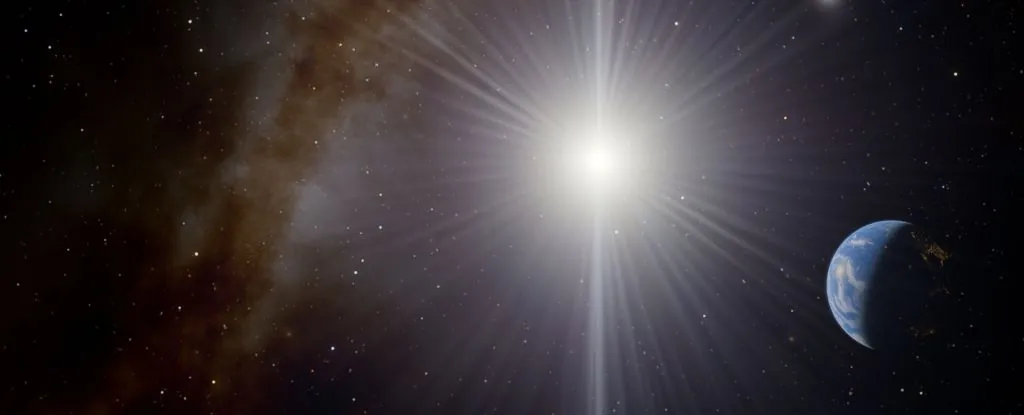
A Shocking Discovery: Could We Have Already Found an Exploding Black Hole?
2025-09-24
Author: William
The Cosmic Enigma of Neutrinos
In an astonishing breakthrough, scientists have recorded a neutrino with a staggering energy of 220 petaelectronvolts, which could hint at the explosive demise of an evaporating black hole. Dubbed KM3-230213A, this event presents a tantalizing possibility: it might be linked to Hawking radiation emitted by a primordial black hole vanishing into the cosmos.
A Glimpse into Hawking Radiation
Researchers Alexandra Klipfel and David Kaiser from MIT propose that this record-breaking neutrino could be a groundbreaking sign of Hawking radiation. If validated, these high-energy neutrino bursts might become the first concrete evidence of this phenomenon, which remains one of the most elusive concepts in theoretical physics.
Connecting the Dots with Dark Matter
Moreover, their study hints at a captivating connection between primordial black holes and dark matter, offering answers to some outstanding cosmic mysteries. According to Klipfel, the same primordial black holes that could produce these neutrinos might also constitute a significant portion of the unseen dark matter that fills our universe.
Neutrinos: The Ghostly Particles
Neutrinos are among the most plentiful particles in the universe, produced in immense quantities during events like supernovae. Strikingly, these nearly massless particles interact so weakly with others that countless billions cruise through our bodies undetected every second. Detecting them is a complex undertaking, yet when they collide with other particles, they unleash energies that scientists can measure.
Unraveling the Mystery of KM3-230213A
The unprecedented energy level of KM3-230213A raises intriguing questions about its origins. What caused such an extraordinary event? Klipfel and Kaiser theorize that it might stem from primordial black holes—hypothetical remnants from the universe's early moments that scientists have yet to conclusively observe.
Primordial Black Holes: A Theoretical Resurgence
These primordial black holes, thought to have formed from early cosmic fluctuations, are speculated to have evaporated quickly due to Hawking radiation. However, Klipfel and Kaiser suggest that if some still exist, they could be nearing their final bursts, creating fantastical neutrino emissions like KM3-230213A.
How Close Are We to This Cosmic Event?
For a neutrino with the energy of KM3-230213A to penetrate Earth, it would mean an explosion must occur within about 2,000 astronomical units from our planet—roughly 3 percent of a light-year. This area falls within the Oort Cloud, the outer boundary of our solar system.
A Probability Worth Considering
The researchers estimate an 8 percent chance that such an explosion could happen. While not exceedingly high, it’s significant enough to warrant serious attention, especially since no alternative explanations adequately account for the intriguing high-energy neutrino events we’ve observed.
The Future of Black Hole Research
Excitingly, just days prior to Klipfel and Kaiser's findings, another study predicted a 90 percent chance of detecting an exploding primordial black hole within a decade. Imagine if our neutrino detectors had been capturing these cosmic whispers all along!
The Road Ahead
While this groundbreaking claim still requires robust evidence, the potential implications are monumental. Are we on the brink of confirming the existence of Hawking radiation and primordial black holes? It feels like we’re rushing toward a major discovery in the cosmos—a mystery that might soon unravel.


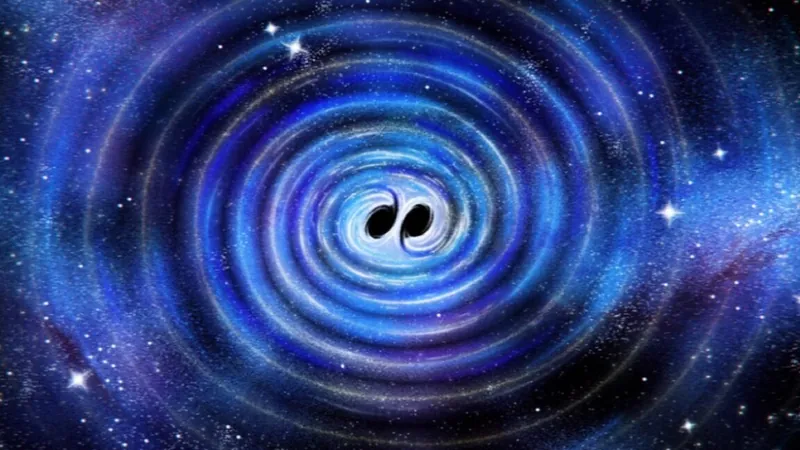
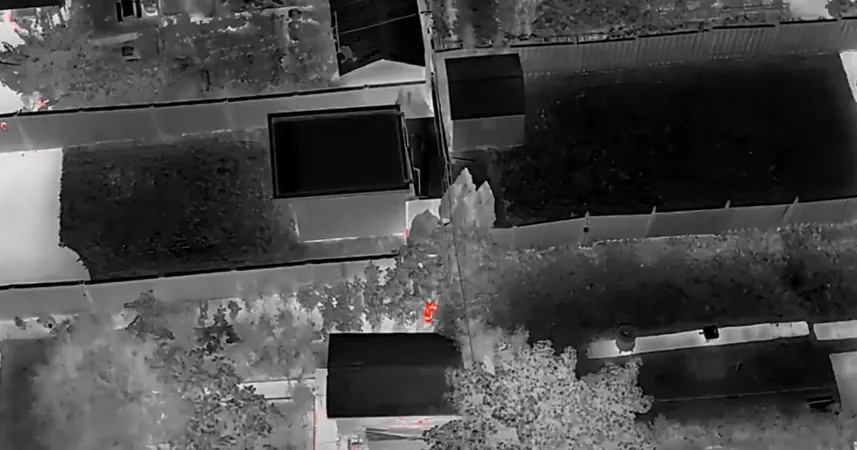
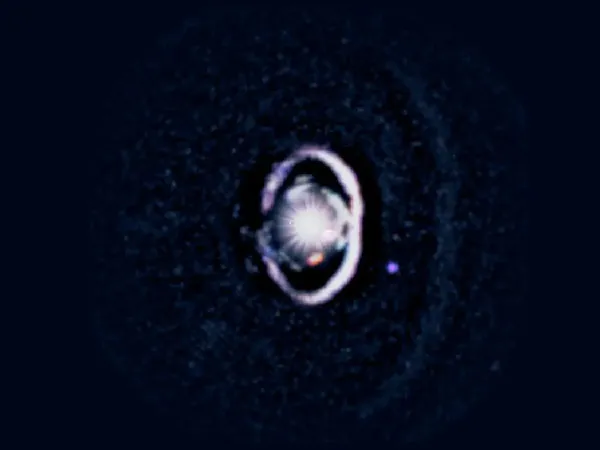


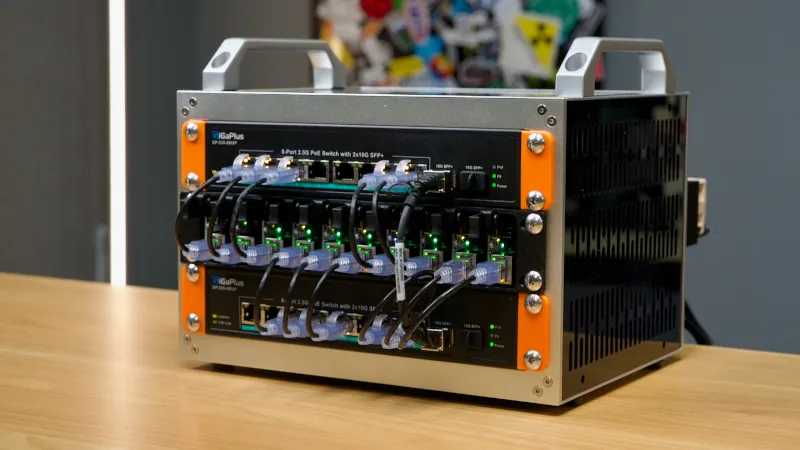

 Brasil (PT)
Brasil (PT)
 Canada (EN)
Canada (EN)
 Chile (ES)
Chile (ES)
 Česko (CS)
Česko (CS)
 대한민국 (KO)
대한민국 (KO)
 España (ES)
España (ES)
 France (FR)
France (FR)
 Hong Kong (EN)
Hong Kong (EN)
 Italia (IT)
Italia (IT)
 日本 (JA)
日本 (JA)
 Magyarország (HU)
Magyarország (HU)
 Norge (NO)
Norge (NO)
 Polska (PL)
Polska (PL)
 Schweiz (DE)
Schweiz (DE)
 Singapore (EN)
Singapore (EN)
 Sverige (SV)
Sverige (SV)
 Suomi (FI)
Suomi (FI)
 Türkiye (TR)
Türkiye (TR)
 الإمارات العربية المتحدة (AR)
الإمارات العربية المتحدة (AR)